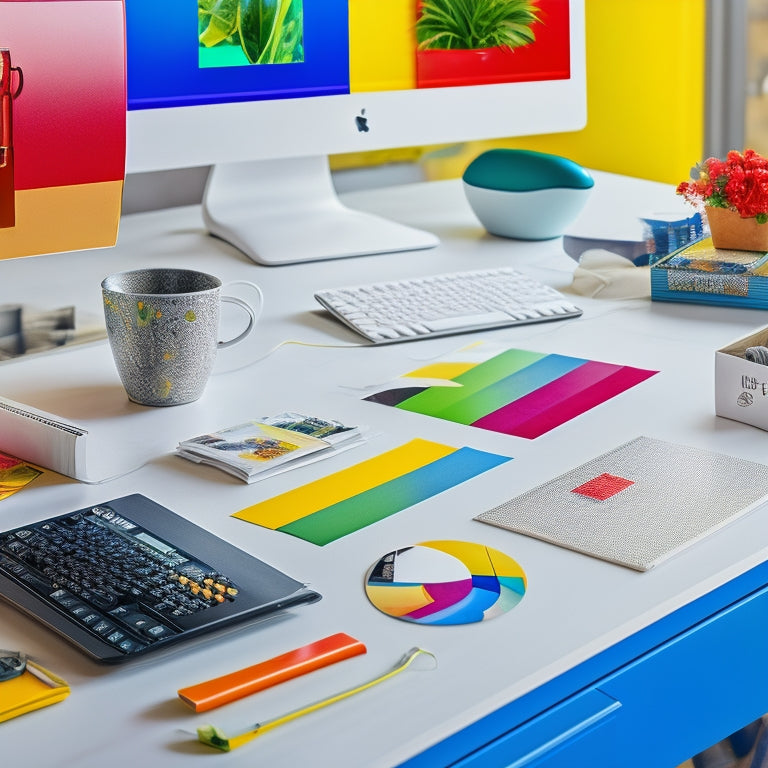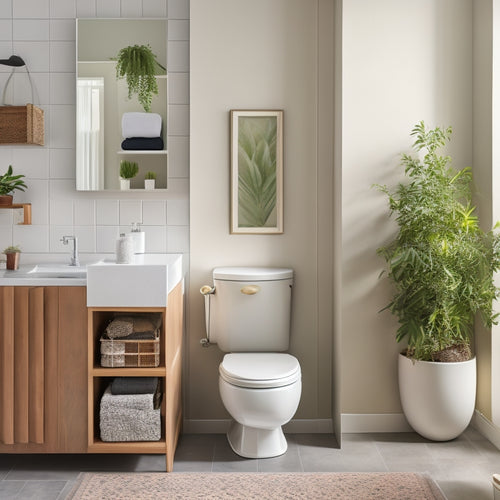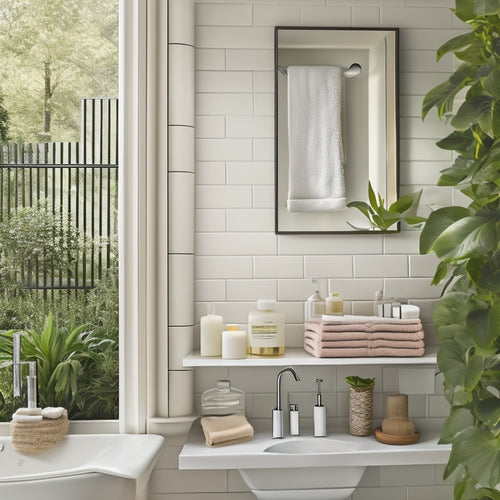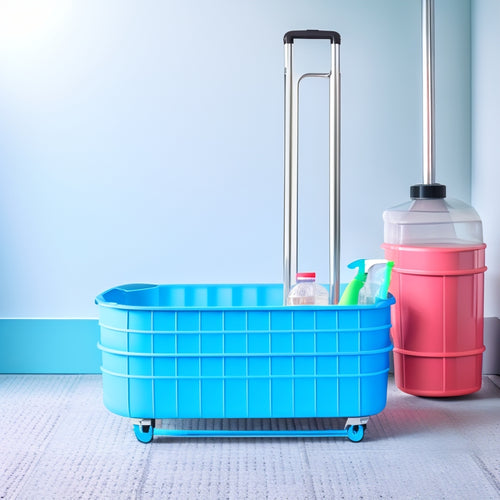
Create Eye-Catching Labels in Microsoft Word
Share
I create eye-catching labels in Microsoft Word by starting with a blank document and building a template using shapes and layering techniques. I combine these elements with text and graphics to create unique designs. To take my labels to the next level, I experiment with different fonts, design elements, and high-resolution images. Once I've finalized my design, I print it on white card stock and add a professional finish with lamination and secure attachment methods. There's so much more to explore in label design, and I'm excited to uncover more tips and tricks to make my labels truly stand out.
Key Takeaways
• Start with a blank document in Microsoft Word and use the Insert tab to add shapes, which can be customized for unique designs.
• Combine shapes, layers, and text to create eye-catching labels, and experiment with different font styles, sizes, and colors.
• Add graphics like icons or high-resolution images to enhance label design, and consider layering techniques for added depth.
• Experiment with different outline thicknesses and colors, and use transparent layers for a 3D effect to make labels stand out.
• Customize font effects like shadow or glow to add an extra layer of visual interest to labels.
Designing Your Label Template
I start designing my label template by creating a blank document in Microsoft Word, which serves as a clean slate for my creative vision.
I click on the Insert tab and select Shapes to explore the various shape options for my label. I choose a circle, but I can customize it to fit my needs. I adjust the outline thickness and color, and then fill the shape with a solid color or pattern.
Next, I think about layering techniques to add depth to my label. I consider adding a text box over the shape, making it transparent, and then adding the text.
With these basics in place, I'm ready to add more details and finalize my label template.
Building and Enhancing Labels
Creating visually appealing labels in Microsoft Word involves combining shapes, layers, and text to achieve a unique design. To take my label to the next level, I can add graphics, such as icons or images, to make it more eye-catching. I can also customize fonts by choosing bold, italic, or colorful options to match my brand. Here are some design elements I can experiment with:
| Design Element | Description | Tips |
|---|---|---|
| Shapes | Choose from various shapes like circles, squares, or triangles | Experiment with different outline thicknesses and colors |
| Layers | Add multiple layers to create depth and interest | Use transparent layers to achieve a 3D effect |
| Text | Customize font styles, sizes, and colors | Use bold or italic text to draw attention |
| Graphics | Add icons, images, or patterns to enhance design | Use high-resolution images for clear prints |
| Fonts | Choose from various font styles and sizes | Use font effects like shadow or glow for added flair |
Printing and Finishing Touches
Now that I've designed my eye-catching label, it's time to bring it to life by printing and finishing it with a professional touch.
For label printing tips, I use my home inkjet printer to print on white card stock. To add an extra layer of durability, I laminate the labels using a laminator and laminating pouches.
To attach the labels, I use tape or velcro dots for a secure hold.
To take my labels to the next level, I experiment with label embellishment techniques such as adding a glossy finish or using sticker sheets.
With these finishing touches, my labels are now ready to be used and will surely make a lasting impression.
Frequently Asked Questions
Can I Use Microsoft Word Online to Create Labels?
"I can create labels in Microsoft Word online, but I'll face cloud limitations, and browser compatibility issues might arise, so I'll need to adjust my design and formatting expectations for a seamless experience."
Are There Any Free Label Templates Available for Microsoft Word?
I often search for free label templates online to spark label design inspiration, and I've found some fantastic free design resources like Canva, Freepik, and Microsoft's own template gallery to get me started.
How Do I Resize a Label to Fit a Specific Object?
"I adjust label dimensions by selecting the shape, then dragging its corners to resize while holding shift for proportional scaling; alternatively, I right-click, choose 'Size and Position,' and enter exact object scaling measurements."
Can I Use a Photo as the Background for My Label?
'I can use a photo as my label background, but I'll need to make sure the image resolution is high enough to avoid pixelation. I might need to do some photo editing to resize and enhance the image before inserting it into my label.'
Is It Possible to Create Labels in Other Microsoft Office Applications?
I don't solely rely on Word; I can create labels in other Microsoft Office applications too! For instance, I can leverage Excel Integration for data-driven labels or utilize PowerPoint Design for visually appealing ones.
Related Posts
-

Over-The-Toilet Storage for Modern Homes
Over-the-toilet storage is a smart solution for modern homes, maximizing vertical space and enhancing organization. Y...
-

Creative Open Shelving for Bathroom Displays
You're looking to change your bathroom into a serene oasis, and creative open shelving is the perfect way to showcase...
-

Revamp Your Cleaning Business With This Checklist
Revamping your cleaning business requires a strategic overhaul of operational inefficiencies, starting with the imple...


